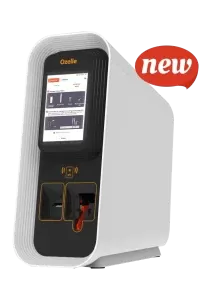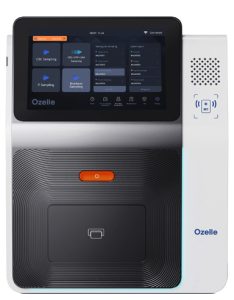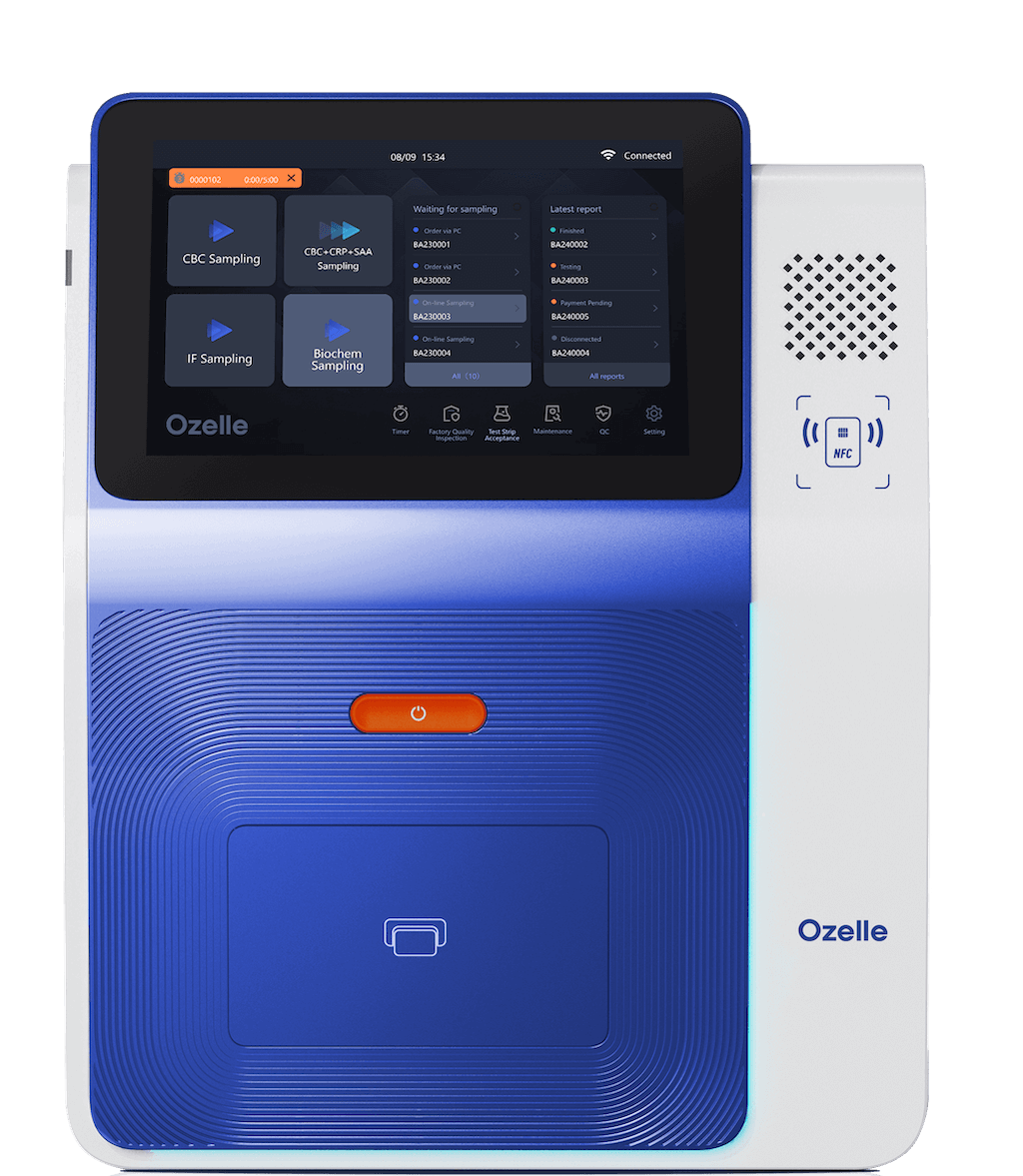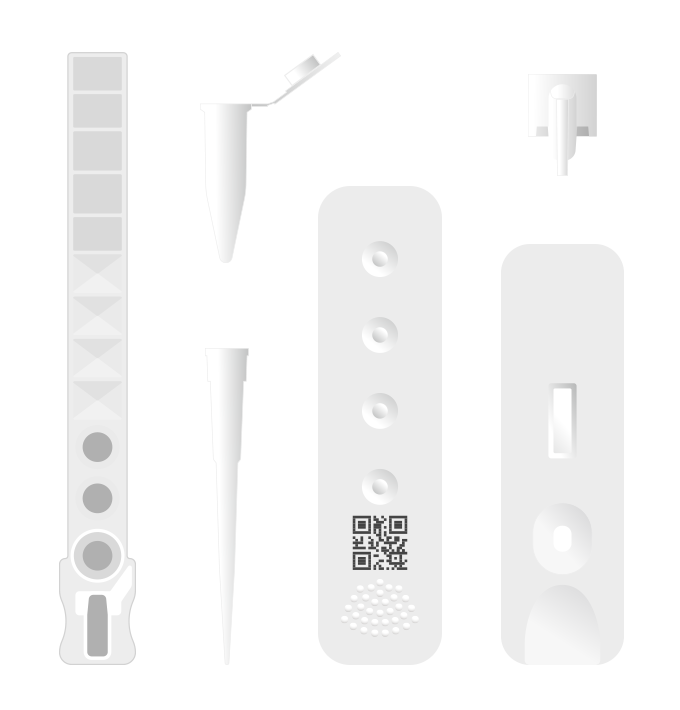Selecting a blood analyzer is a critical investment decision for healthcare facilities. Laboratory managers, clinic directors, and procurement specialists must evaluate not just product models, but the fundamental analytical approach: traditional Complete Blood Count (CBC) methods that provide quantitative data alone, or AI-powered Complete Blood Morphology (CBM) systems that integrate visual cell analysis for superior diagnostic insight. This guide compares Ozelle’s 3-diff and 7-diff hematology analyzers based on verified specifications and clinical capabilities, helping decision-makers understand how advanced morphology analysis translates into better clinical outcomes and operational efficiency.
Understanding Your Laboratory’s Core Needs
Before comparing specific models or vendors, procurement teams must first assess their facility’s unique requirements. The first critical question is throughput capacity—how many samples does your laboratory process daily? A high-volume reference laboratory with hundreds of daily samples requires a different investment strategy than a small clinic processing 10-20 samples. Similarly, the clinical applications your facility serves determine the parameters and differential capabilities you need. A primary care clinic may be satisfied with basic 3-diff analysis, while a hospital’s emergency or hematology departments require advanced 7-diff or higher capabilities including abnormal cell detection.
Your facility’s operational requirements should guide analyzer selection. The EHBT-75 delivers advanced 7-diff analysis with abnormal cell detection (NST, NSG, NSH, ALY, PAg, RET), ideal for hematology departments and emergency settings requiring rapid, precise diagnostics with results in 6 minutes. For comprehensive diagnostics, the EHBT-50 Minilab combines 7-diff hematology with immunoassay, biochemistry, urine, and fecal analysis in one system—simplifying workflows, reducing capital costs, and optimizing laboratory space. Choose EHBT-75 for specialized hematology focus, or EHBT-50 when multi-functional capabilities better serve your facility’s diagnostic scope and cost efficiency goals.
Evaluating Technology: Cell Morphology, Impedance, and Beyond
The Complete Blood Count Analyzer market offers several competing technologies, each with distinct advantages. Cell morphology analysis, the most advanced current technology, uses high-resolution imaging combined with artificial intelligence to identify individual cell characteristics including size, shape, and structural details. This approach delivers superior accuracy in detecting abnormal cells such as blasts, immature cells (NST, NSG, NSH), and abnormal lymphocytes (ALY), which traditional methods often miss. Ozelle’s AI algorithm, trained on 40 million samples and recognized at the 2022 World Artificial Intelligence Conference, represents the cutting edge of this technology.
The alternative impedance method measures electrical resistance as cells pass through a sensor, determining cell count and size. While this method is reliable and cost-effective, it provides less detailed cellular information compared to morphology-based systems. Many modern analyzers combine both technologies—using impedance for rapid counting and morphology for detailed classification—to balance speed and accuracy.
Understanding what parameters your laboratory needs is crucial. Entry-level 3-diff analyzers provide basic WBC differential (neutrophils, lymphocytes, monocytes/mid cells) plus red blood cell and platelet indices (WBC, RBC, HGB, HCT, MCV, MCH, MCHC, RDW). Mid-tier 5-diff systems add eosinophils and basophils to the white blood cell differential. Advanced 7-diff analyzers with abnormal cell detection (NST, NSG, NSH, ALY, PAg, RET) deliver the deepest clinical insights, enabling faster diagnosis of leukemias, infections, and morphologic abnormalities. Your clinical staff should be consulted on whether the advanced parameters improve patient outcomes in your setting.
Total Cost of Ownership: Beyond Purchase Price
Equipment cost is only one component of your investment. Total cost of ownership (TCO) includes purchase price, reagent costs, maintenance requirements, and consumables. Maintenance-free systems using single-use test kits eliminate expensive service calls and cross-contamination risks but may have higher per-test consumable costs. Traditional continuous-feed systems require regular maintenance but often have lower per-test reagent expenses at high volumes.
The throughput of your Complete Blood Count Analyzer directly impacts labor and operating costs. A system processing 8-12 samples per hour may require dedicated staffing, while analyzers with different throughput capabilities might better match your workflow. Single-use cartridge systems stored at room temperature eliminate calibration requirements and reduce training overhead compared to systems requiring daily maintenance protocols.
Quality control costs also vary significantly. Dry-type QC cards are simple and reliable, while liquid QC systems require regular inventory management and cold storage. Calculate your expected annual QC expenses over the analyzer’s typical 5-7 year lifespan—this can represent a substantial portion of TCO for high-volume facilities.
Integration with Laboratory Information Systems
Modern Complete Blood Count Analyzers must communicate seamlessly with your laboratory information system (LIS). Connectivity options matter—LIS integration via Ethernet/RJ45 ports enables direct result transmission, reducing transcription errors and improving turnaround time. USB ports provide flexible data transfer for facilities with older LIS systems. Wi-Fi and Bluetooth connectivity enable mobile result access, increasingly important for emergency departments and urgent care settings.
Assess whether the analyzer supports bidirectional communication with your LIS. One-way result export is standard, but advanced systems can receive patient identification from your LIS, reducing manual data entry and pre-analytical errors. Ask vendors about compatibility with your specific LIS platform—many healthcare systems run specialized or legacy systems that may not integrate smoothly with new equipment.
Evaluating Performance: Accuracy, Speed, and Reliability
Request the vendor’s performance validation studies comparing their system to reference methods or competing analyzers. Independent evaluations published in peer-reviewed journals carry more weight than vendor-sponsored studies. Look for data on accuracy (how closely results match reference standards), precision (reproducibility of results), and linearity (consistent performance across the full measurement range).
Speed to result varies substantially between technologies and models. AI-powered cell morphology analyzers like the EHBT-75 deliver results in 6 minutes, making them suitable for emergency departments and point-of-care settings. High-throughput reference laboratory analyzers might process 10-12 samples per hour but require batching to optimize efficiency. Match the analyzer’s speed to your clinical workflow requirements.
Examine maintenance requirements carefully. Maintenance-free systems using single-use cartridles eliminate daily instrument maintenance, particularly attractive for facilities with limited technical staff. However, traditional systems requiring calibration and maintenance offer different cost economics at higher volumes. Request detailed maintenance documentation showing frequency and complexity of required procedures.
Facility-Specific Considerations
For Hospital Laboratory Networks: Consider multi-functional analyzers combining hematology, biochemistry, immunoassay, and urine analysis. Systems like the EHBT-50 Minilab reduce capital equipment costs, space requirements, and operator training needs compared to multiple standalone devices. Verify compatibility with your existing hospital information system and ensure throughput capacity supports peak demand periods.
For Primary Care Clinics and Urgent Care: Compact, maintenance-free analyzers with capillary blood sampling capabilities optimize workflow. The ability to test from fingerstick samples improves patient experience and reduces phlebotomy requirements. Portable options enable point-of-care testing in patient exam rooms, dramatically reducing turnaround time for clinical decision-making.
For Reference and Specialty Laboratories: High-throughput analyzers with advanced differential capabilities and comprehensive parameter reporting justify premium investment. Integration with laboratory management systems, quality control tracking, and advanced reporting features become differentiators. Multi-functional capabilities may not be priority compared to throughput and parameter depth.
For Veterinary Clinics: Dedicated veterinary analyzers with species-specific reference ranges (canine, feline, equine, etc.) ensure accurate results for animal patients. Multi-functional veterinary analyzers like the EHVT-50 combining hematology, urine, feces, and immunoassay analysis enable clinics to offer comprehensive diagnostics without multiple instruments.
Regulatory Compliance and Quality Assurance
Verify that your selected analyzer meets applicable regulatory requirements for your market. CE marking is mandatory in European markets. FDA 510(k) clearance is required for U.S. clinical use. Some countries require additional approvals. Request certification documentation and verification of compliance before purchase.
Implement a quality control protocol appropriate to your analyzer and patient volume. Most manufacturers provide commercial QC materials validated for their systems. Establish baseline performance parameters during installation validation, then monitor ongoing performance through daily QC testing. Modern analyzers often include quality tracking features—leverage these for documentation and trending analysis.
Making the Final Decision: A Structured Approach
Develop a weighted evaluation matrix rating competing analyzers across your priority criteria. Assign relative importance to each factor: technology type (0-20 points), cost (0-25 points), throughput (0-15 points), parameters/capabilities (0-20 points), vendor support (0-10 points), and integration capabilities (0-10 points). Score each vendor’s system against established criteria, then calculate total scores to guide your decision.
Request demonstrations and trial periods from your top candidates. Having laboratory staff operate the analyzers and evaluate user interface design, result reporting, and workflow integration provides insights that specifications alone cannot convey. Trial periods allow you to assess real-world performance before committing your facility’s investment.
Conclusion: Strategic Investment in Diagnostic Excellence
Selecting the right complete blood count analyzer requires balancing multiple competing factors—clinical capabilities, total cost of ownership, technical support, and integration requirements. By systematically evaluating your facility’s specific needs, understanding available technologies, and comparing vendors using structured criteria, procurement teams can make informed investments that enhance diagnostic accuracy, improve patient outcomes, and optimize operational efficiency. The analyzer you select today will likely serve your facility for 5-7 years, making thorough evaluation well worth the investment of time and effort.





